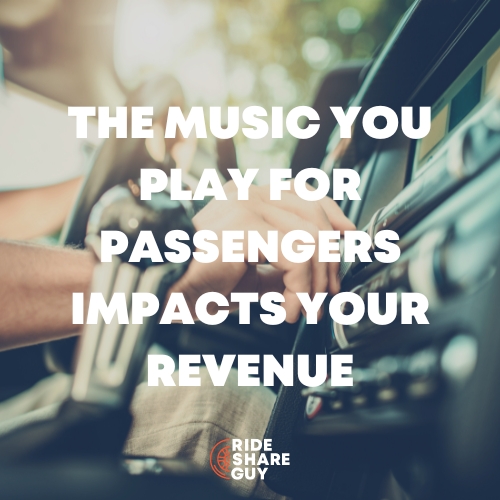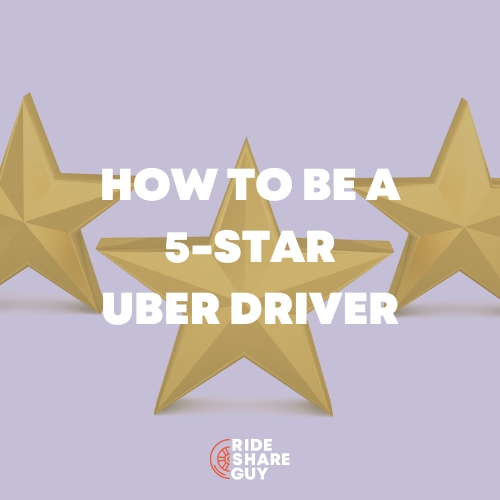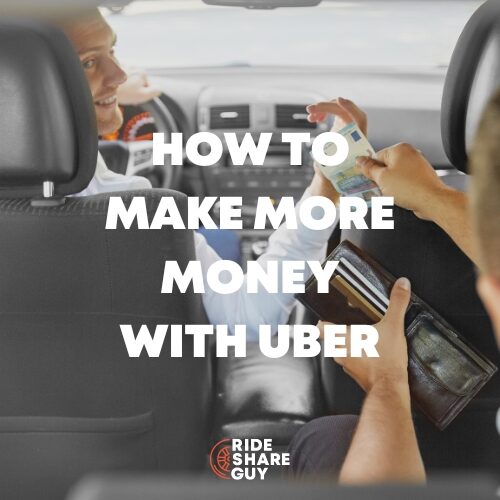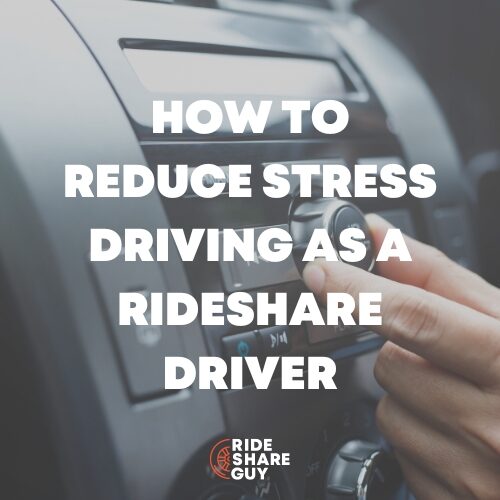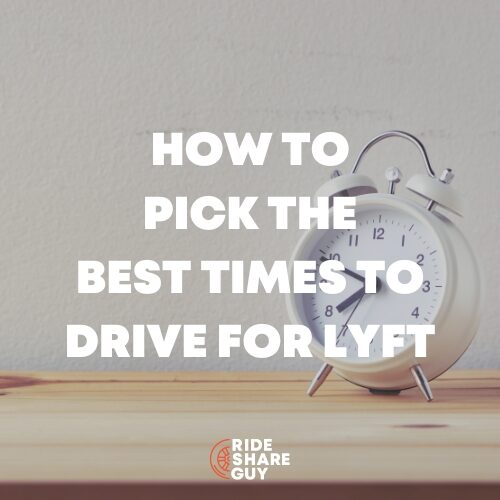When Uber and Lyft pulled out of Austin last month, they made it seem like the world was going to end without them. And while there was tumult in the few weeks after their departure, no less than seven eight nine rideshare start-ups have since moved in to Austin to try and fill that void.
Last week, Christian and I headed to the capital of Texas to talk with local politicians, meet with some of the start-ups looking to take Uber/Lyft’s place and, of course, hear from drivers. We learned a lot about the situation on the ground, and today I’m going to summarize it all.
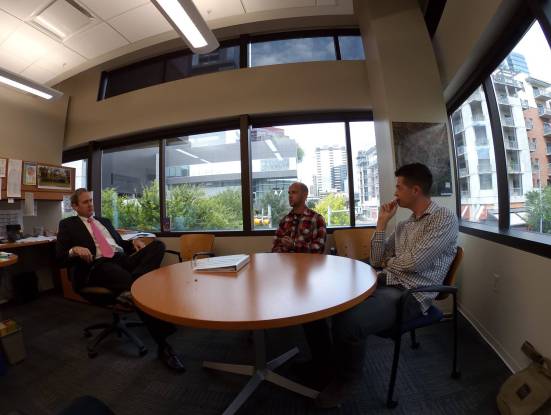
1. Worst Political Campaign Ever
One political insider in Austin referred to Uber and Lyft’s Prop 1 battle as ‘the worst political campaign in history’. The TNCs spent almost $10 million through a Political Action Committee called Ridesharing Works while their competitors spent a fraction of that, and still lost. So what happened?
To the average person, fingerprinting drivers makes a lot of sense. Citizens don’t know or care how long it takes, they just know they’ve had some creepy drivers in the past and fingerprinting might get rid of them.
What really hurt Uber and Lyft though was that they got too cocky. They’ve had a lot of success (New York, Broward County, etc) in the past overcoming regulation and it seemed like they were developing a pretty solid game plan: rile up their user base, show them what life would be like without them, pull out if they had to and then put pressure on city council until they’re asked nicely to come back.
In Austin, they used that same game plan, but instead of just targeting the people that use Uber and Lyft, they made A LOT of noise. Too much noise in fact. Ridesharing Works took out full page ads in the Austin Statesman, they blasted prime time TV with ads and stuffed mailboxes full of flyers. Basically they let anyone and everyone know that there was a vote coming up instead of focusing on getting their supporters out to vote.
This aggressive campaigning pissed off a lot of people who don’t even use Uber and Lyft and ended up voting against Prop 1. Typically, we see a much higher voter turnout among older citizens and a much lower voter turnout among younger citizens. But when you look at who actually uses Uber and Lyft, it’s no surprise that 18-29 year olds are their number one demographic. There’s actually an inverse relationship between age and percentage of people who have used ride-hailing services. So in other words, all the old people in Austin who make up a majority of actual voters don’t use Uber and Lyft and ended up voting against Prop 1.
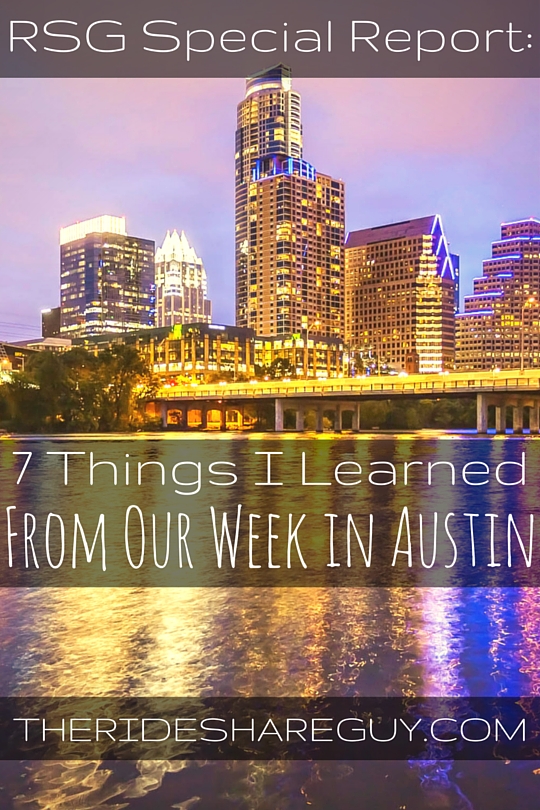
2. Nobody Really Cares About Fingerprinting
This whole fiasco started over fingerprinting, but one thing we found ourselves NOT talking about over and over was fingerprinting. The current regulatory battle appears to be more about TNCs vs City Council as opposed to whether or not fingerprinting makes things safer.
My personal opinion is that both fingerprinting and live scan (name-based checks) have flaws. But according to councilmember Ann Kitchen, with whom we spoke, the fingerprinting requirement stems from an FBI report they were given saying fingerprints are safer than name-based background checks. So essentially, they are listening to the experts on this one, but it’s not hard to find experts on both sides of the argument.
Uber has argued the fingerprinting process could produce false positives and unfairly bias potential applicants, but it’s hard for me to buy this when they care so little about false positives with the current system. Any driver who’s ever found an error on their background check and had to deal with Uber and Checkr customer support can tell you that’s about as much fun as putting your head in between a vice.
The real reason why Uber can’t operate with fingerprinting is because half of their drivers quit after one year. I think it’s a cop out to blame fingerprinting on not being able to operate, couldn’t you just as easily say it’s their low retention rate that’s preventing them from operating? Either way, it seems like fingerprinting really isn’t the issue here.
3. Uber and Lyft Didn’t Have To Bail
One thing to point out is that Uber and Lyft voluntarily left Austin after Prop 1 was defeated. In fact, they pulled out Monday morning after the vote leaving almost no time for drivers to figure out what they were going to do to survive.
I think this was a really shitty thing to do to drivers, especially on such short notice. Almost overnight, 10,000 drivers were without work and had to scramble to pay the bills. We talked to dozens of drivers while we were in Austin and here are just a couple of the stories that stood out:
- One driver told us that he had actually been driving to Dallas (3 hours away) and renting an Airbnb for Thursday-Sundays and working 15 hour shifts just to pay the bills.
- Another 57 year old driver that we talked to was forced to go back to day labor and he had been digging ditches in the weeks following Uber/Lyft’s departure. We caught up with him on his first day driving for FARE and he was ecstatic just to have a rideshare job again and be able to ferry passengers around in his car with the A/C on full blast.
Uber and Lyft have tried to paint the picture that the city of Austin was responsible for them pulling out, but if anything the city was actually the more reasonable party. Even if you don’t agree with the fingerprinting requirements, they at least tiered the requirements in order to allow TNCs to have 25% of their drivers fingerprinted by May 1, 50% by Aug. 1, etc.
Uber was actually telling drivers signing up for their Xchange Leasing program right up until the last minute that that ‘they would not be pulling out of Austin’. I understand why Uber and Lyft pulled out, but they could have handled it in a much better way. I guess we’ve come to expect that behavior out of Uber, but not Lyft, which brings me to…
4. Lyft Should NOT Have Left Austin
I think it was a big mistake for Lyft to leave Austin alongside Uber. Unfortunately, this strategy of working together with Uber on regulatory issues isn’t all that new. They’ve battled together on fingerprinting, airport legislation and more, over the years, and I’ve never understood why. For two companies that hate each other as much as they do, Lyft pulling out of Austin benefits Uber a lot more than it benefits Lyft.
Austin was actually one of Lyft’s top markets at 40% market share and there isn’t a single scenario that I can think of that involves Lyft leaving and somehow ending up better off than they were before. Uber churns and burns through its drivers which is why a fingerprinting requirement is so onerous for them. I don’t know anything about Lyft’s churn rates but it shouldn’t matter since they have way fewer drivers than Uber (Uber had 400,000 drivers as of 11/2015).
Stricter on-boarding requirements hurt Uber because they do such a poor job at retaining drivers, yet driver satisfaction has always been high with Lyft; it’s actually one of their strengths. So it would make sense that Lyft would actually welcome stricter regulations since it would play to their strength and help them catch up in market share. That is exactly why you see so many start-ups currently flocking to Austin and willing to embrace fingerprinting. They know they could never compete with Uber and Lyft on an open playing field, but with those two gone, it’s a whole new ballgame.
Fingerprinting requirements might hurt the industry as a whole and stifle growth, but it would help Lyft gain market share and take market share away from Uber. Once they’re neck and neck, Lyft can go pull out of all the markets they want hand in hand with Uber.
If Lyft would have stayed, they could have had the entire Austin market to itself. The fingerprinting requirements actually don’t go into effect until February of 2017, so that would have been 9 months to build up market share! Oh and there’s actually no penalty for not complying either. None of the current start-ups in Austin met the 25% quota on time and none were penalized by the city – the city council still needs to figure out what the penalty will be.
It would have been a slam dunk for Lyft to become the rideshare option of choice for Austinites if Uber left and, even if Lyft did eventually pull out too, it would have been like free word of mouth marketing until that point. It’s almost like Lyft forgot that Uber once waged a campaign called SLOG where they literally would send Uber employees into Lyft cars and offered them $500 to switch to Uber.
I just don’t buy Lyft’s argument for leaving and, to me, pulling out of Austin is a second place move.
5. State Legislation Is Still An Option, Sort Of
I think it’s clear by now that Uber and Lyft won’t come back if there’s any type of mandatory fingerprinting requirement, but one way around that is at the state level. Typically, TNCs have tried to work things out at the local level but if that fails, they turn to regulation at the state level. State legislation also saves these companies a lot of money since they don’t have to develop separate protocols and follow different rules for different cities.
Rideshare-friendly legislation was introduced in the last legislative session in Texas but it ended up stalling. This time around, a new bill appears to have more support and House Rep. Lyle Larson told us that he feels that it will pass. The only problem is that the next legislative session isn’t until 2017 so the earliest this could go into effect would be the middle of 2017. Uber and Lyft can’t wait that long.
6. Uber and Lyft Are Going To Wait Things Out For Now
At this point, there’s not a lot of incentive for either side to try and reach a compromise. The Austin City Council knows this issue was put to a vote and the people voted against Prop 1 (or to keep the fingerprinting requirements). Now there are multiple companies looking to fill the gap left by Uber and Lyft, so it’s not like the citizens are completely stranded, just slightly inconvenienced.
Lyft and Uber took a big stand and they’d look pretty dumb if they caved now, so all they can really do is sit back and hope for the worst. Both have held appreciation events for drivers (although Uber wouldn’t let me in to their driver appreciation event in Austin), but they’re not exactly providing or suggesting alternative work opportunities for drivers.
In the past, they’ve left places like Broward County over fingerpinting requirements and waited until the public outcry forced politicians to cave. But I don’t see that happening in Austin because there are lots of companies stepping up to meet demand. I don’t think Uber and Lyft expected all these companies to move in, but now they have to sit back and hope all these new start-ups fail.
7. You Can Still Get Around Austin If You’re Determined
Any time two companies as big as Uber and Lyft leave a city overnight, it’s going to cause some disruption. I think they knew this though and that’s one of the reasons why they left so abruptly. That way, citizens would have to go cold turkey. And while the first few weeks were, as expected, rough for passengers and drivers, things are definitely starting to look up.
We took rides with six different apps while we were in Austin and although some worked better than others, we never had much of a problem getting around. My personal favorites were Fasten and RideAustin (still in beta but we got a test drive) since they appeared to have the smoothest technology and were also eerily similar to the Uber app.
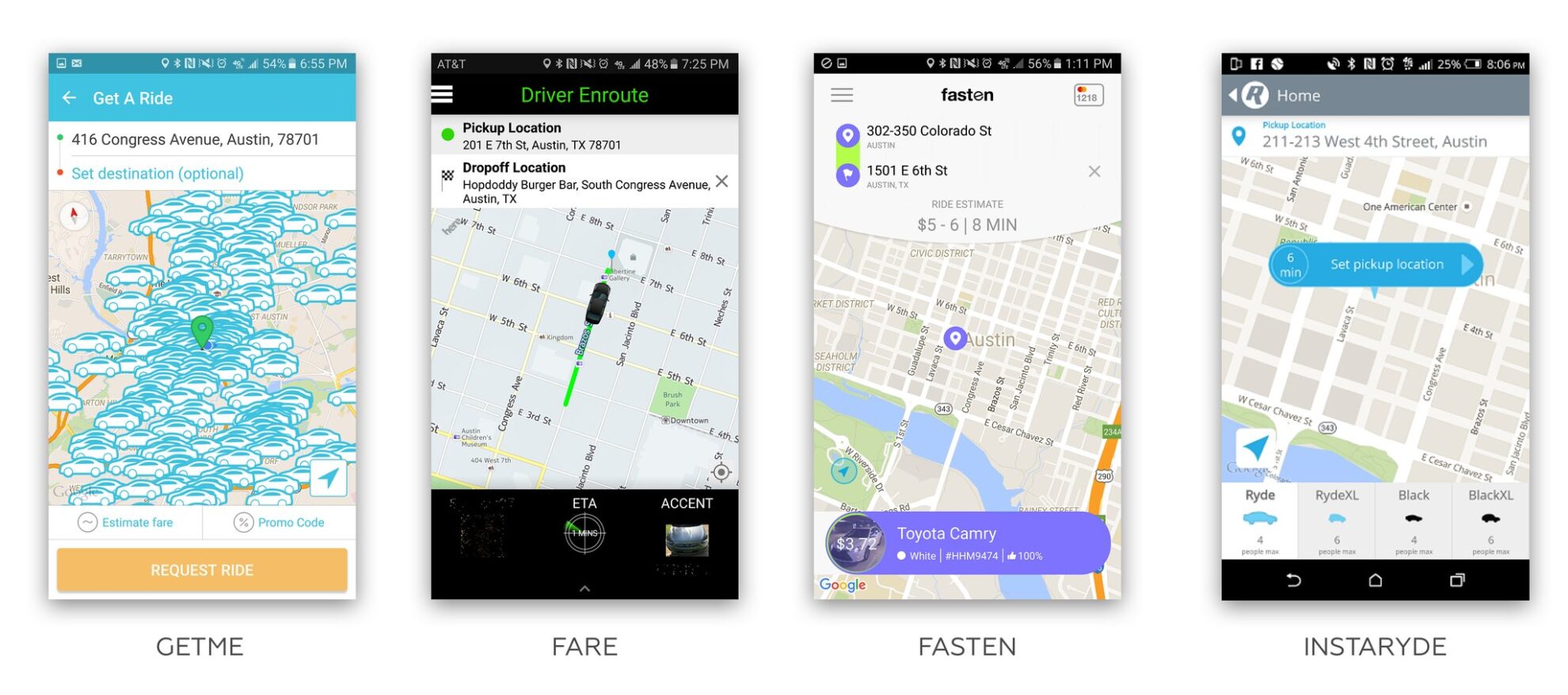
Related Reading: How is Austin Doing Without Uber and Lyft?
My Prediction: Uber and Lyft Will Come Crawling Back
I think Uber and Lyft got cocky with Austin and it’s going to come back to bite them. In the past, when Uber has pulled out of places like Broward County, there weren’t viable alternatives, but things are different in Austin.
These new guys aren’t on the same level as Uber or Lyft but they do get the job done. The next 2-3 months will be very telling though since there’s no way a market like Austin can support 9 different rideshare companies. But will these new guys be able to handle big events like the start of University of Texas football and a little event called SXSW?
Eventually, there will be a couple winners in Austin, but I’m not convinced they’re going to be named Uber or Lyft.
Drivers, what do you think about the aftermath of Austin? Did Uber and Lyft make a mistake in leaving or was it the right move?
-Harry @ RSG
